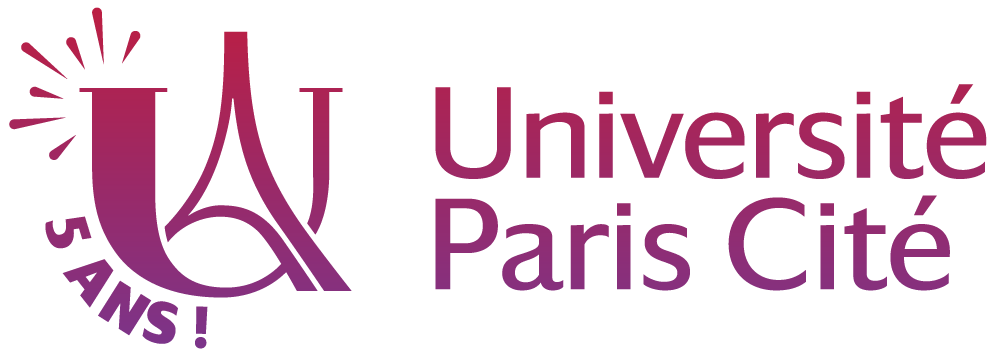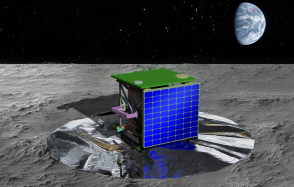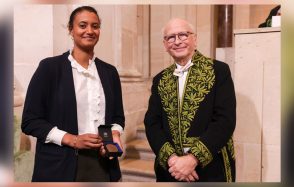The crustal structure and kinematics of the Central Andes revisited
Since the advent of plate tectonics, a distinction has been made between mountain ranges formed by the collision of continental blocks, the typical example being the Himalayas, and those formed by the subduction of an oceanic plate at the edge of a continent, such as the Andes.

Publication date: 15/05/2018
General public, Press, Research
Related teams :
Tectonics and Mechanics of the Lithosphere
Related themes : Earth System Science










